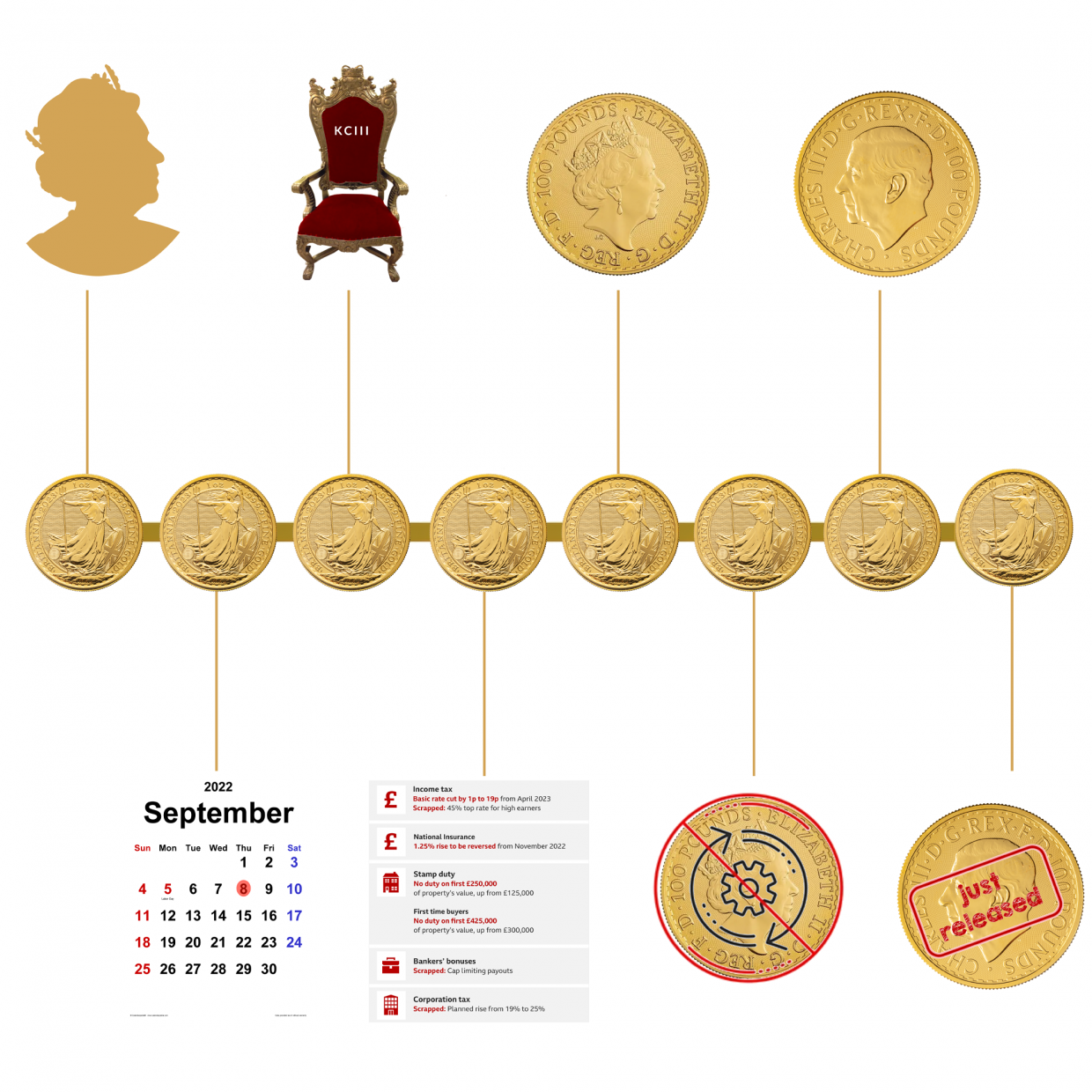Impact of Strong US Economic data on the Gold Market in February 2023
Synopsis
This article discusses the decline of the gold market in February 2023 due to the strengthening of the US dollar and rise in bond yields, which was a result of surprisingly strong US economic data. Despite this setback, there are still compelling arguments for why gold is a solid investment in 2023, driven by elevated geopolitical risk, a developed market economic slowdown, a peak in interest rates, and risks to equity valuations.
Central banks' gold reserves also remain a significant factor in the gold market, with many diversifying their reserves away from the US dollar and increasing their holdings of gold. The article explores gold demand in China, India, and Europe, as well as global physically backed gold ETFs' outflows in February.
What Is the Influence of a Stronger Us Dollar and the Rise in Bond Yields on Gold Prices
In February of this year, the gold market experienced a slight setback, with a decline of 5.2%. The primary cause of this downturn was the strengthening of the US dollar, which affected gold ETFs. While European funds continued to lose assets, North American funds experienced marginal outflows for the first time in two months. The surprising strength of the US economic data was the driving force behind this decline, propelling both yields and the US dollar higher.
This article will explore the impact of strong US economic data on the gold market, examining the influence of a stronger US dollar and the rise in bond yields on gold prices. We will also analyse why January's strong data may be a temporary blip, and a soft landing is possible. Additionally, we will examine gold demand in China, India, and Europe, central banks' gold reserves, and global physically backed gold ETFs' outflows in February.
Reasons for Investing in Gold in 2023
Despite the decline in gold prices in February, there are still compelling arguments for why gold is an excellent investment for high-end buyers in 2023. These include elevated geopolitical risk, a developed market economic slowdown, a peak in interest rates, and risks to equity valuations. In addition, continued central bank buying cannot be ruled out.
Will There Be a Soft Landing From the US Economic Data?
Surprisingly strong US economic data drove a rebound in the dollar and bond yields. However, there are compelling arguments for why January data might be a blip, and the prospect of an economic slowdown remains on the table. The shift in perspective can be attributed to a couple of factors, such as the employment data in the US and the ISM survey, which have been reinforced by subsequent data releases. However, it is worth noting that the unemployment data suggests that people holding multiple jobs have been on the rise, potentially to deal with the rise in prices, a trend that has limits and likely not reflecting a strong economy.
The strong US economic data may not be indicative of a long-term trend. The yield curve is at its deepest inversion since 1981, and this has preceded every recession by between 9 and 18 months, suggesting the possibility of an economic slowdown. Financial conditions are not as loose as they may seem, and a recession could take a toll on equity valuations.
What Is the Gold Demand in 2023 for China, India, and Europe?
Looking at gold demand in China, India, and Europe, we see that it varied in February. In China, there was a seasonal decline in demand, but there was still a 5% year-on-year rise in gold demand. In India, retail demand improved in February, supported by falling local prices and wedding purchases. In Europe, the European Central Bank is expected to raise rates to a record-breaking 4%, and UK-listed gold ETFs saw a 13t loss, reflecting the approach of terminal rates.
The Significance of Central Banks' Gold Reserves
Central banks' gold reserves remain a significant factor in the gold market, with many diversifying their reserves away from the US dollar and increasing their holdings of gold. In January, central banks collectively added a net 31t to global gold reserves, within the 20-60t range, which has been in place over the last 10 consecutive months of reported net buying.
Global Physically Backed Gold ETFS Outflows in February 2023
We observe that global physically backed gold ETFs had another outflow of US$1.7bn (-34t), their tenth consecutive monthly loss. European funds led global outflows, while North American funds experienced their first negative monthly flow in 2023. The outflows suggest that investors continue to favor other assets over gold, likely due to the strong US economic data and expectations of higher interest rates.
Gold Remains a Solid Investment Option in 2023
In summary, while the decline in gold prices in February was a result of strong US economic data, a good case for investing in gold remains in place for 2023. With elevated geopolitical risk, a developed market economic slowdown, a peak in interest rates, and risks to equity valuations, gold offers a solid investment opportunity for discerning buyers. Central banks' gold reserves continue to be a significant factor in the gold market, and while global physically backed gold ETFs saw another outflow, the possibility of a soft landing and a recession cannot be ignored.
Related Articles
This guide and its content is copyright of Chard (1964) Ltd - © Chard (1964) Ltd 2025. All rights reserved. Any redistribution or reproduction of part or all of the contents in any form is prohibited.
We are not financial advisers and we would always recommend that you consult with one prior to making any investment decision.
You can read more about copyright or our advice disclaimer on these links.





















